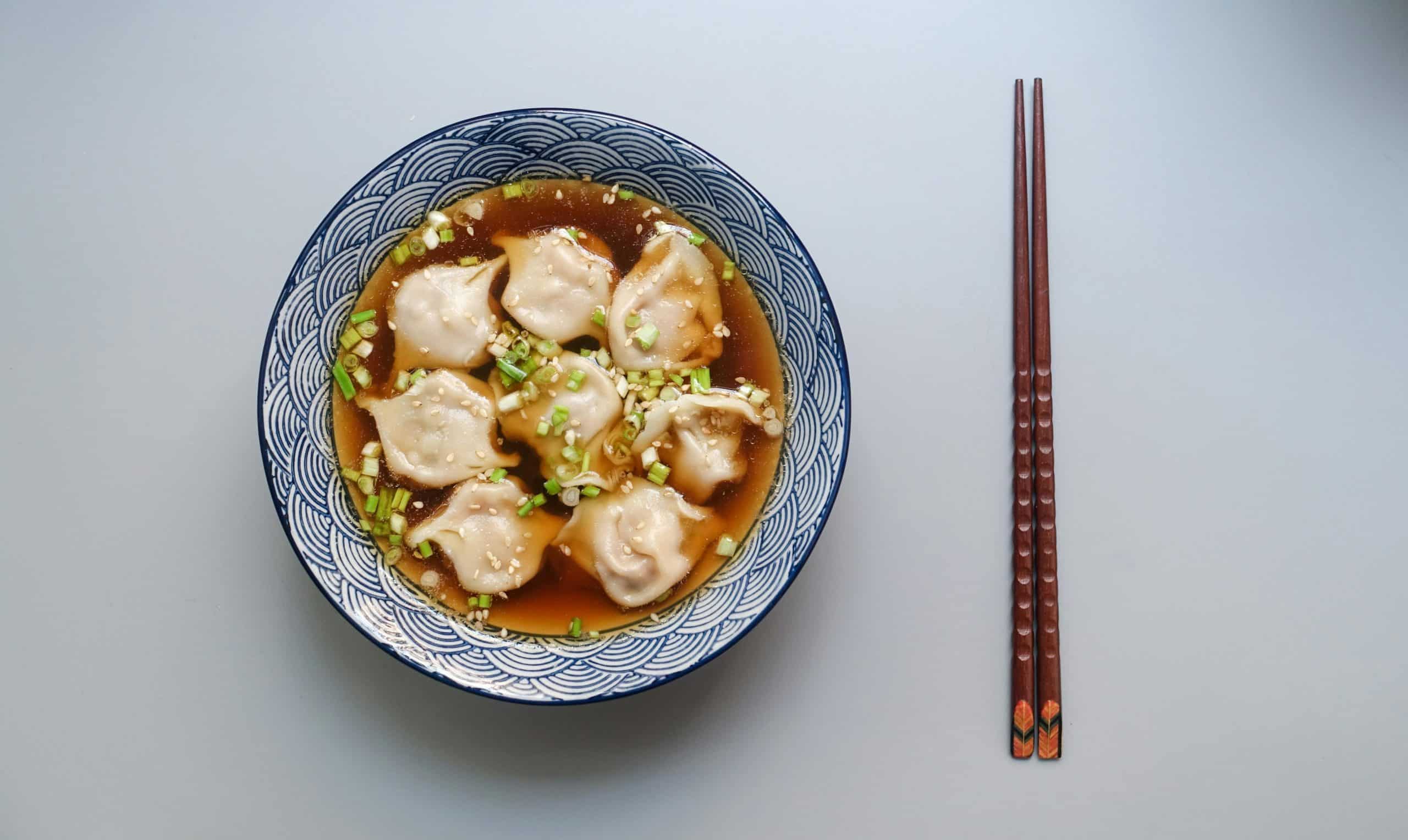Silently nestled within the folds of German gastronomy is a dessert that radiates warmth, tartness, and sweetness. Enter the world of Apfelstrudel, a delightful pastry bursting with the flavors of apples and cinnamon. A blend of German heritage and baking prowess, this apple strudel recipe is a sure crowd-pleaser. You might be hard-pressed to find another dessert that perfectly marries flaky pastry with a sweet and tangy apple filling.
The Crux of the Strudel: The Dough Preparation
Creating the ideal strudel dough is akin to laying the foundation for your strudel. It’s the base that holds together your apple filling and the encasing that creates the crispy, flaky pastry exterior we all love.
In the same genre : How to Craft a Flavorful Vietnamese Pho with Homemade Bone Broth?
In a large bowl, combine 2 cups of flour, 1/2 teaspoon of salt, 1/4 cup of vegetable oil, and 3/4 cup of warm water. Knead the mixture until it forms a smooth, elastic dough. This process might take around 10 minutes. Once done, brush your dough with melted butter, cover it with a warm cloth, and let it rest for an hour. This resting time allows the gluten in your dough to relax, ultimately giving you a more flexible dough – the key to a flaky strudel pastry.
Crafting the Sweet Symphony: The Apple Filling Preparation
The next step is to prepare the filling. It’s primarily composed of apples, sugar, cinnamon, and raisins, each contributing distinct flavor profiles that make the strudel a delightful dessert.
Also read : What’s the Best Technique for a Creamy Shrimp and Lobster Bisque?
Start by peeling, coring, and thinly slicing 6 to 8 tart apples. Toss the apples in a bowl with 3/4 cup of sugar, 2 teaspoons of cinnamon, and 1/2 cup of raisins. If you want an extra tang, add 2 tablespoons of lemon juice. Let this mixture sit so the apples can absorb the sugar, cinnamon, and juice. After about 30 minutes, you’ll notice a syrupy liquid at the bottom of your bowl. This isn’t just apple juice; it’s a concentrated, sweet, and tangy concoction that you’ll later pour over your rolled out dough.
Roll, Fill, Fold: Assembling the Strudel
Now it’s time to assemble the strudel. Start by preheating your oven to 190°C (375°F) and line a baking sheet with parchment paper.
Roll out your rested dough on a lightly floured surface into a thin, rectangular sheet. The thinner it is, the flakier your pastry will be. Brush the dough with melted butter, then evenly spread your apple filling over it, leaving a border around the edges. Drizzle any juice leftover in your bowl over the apples.
To fold your strudel, start at one of the short ends and roll the dough up like a log. Place the rolled strudel seam-side down on your prepared baking sheet. Brush the top with more melted butter to promote a golden, crispy crust.
The Final Showdown: Baking & Serving the Strudel
After assembling, it’s time to slide your strudel into the preheated oven. Bake it for 35-40 minutes, or until the pastry is golden brown and crispy.
While the strudel is baking, prepare a quick cream sauce for serving. This isn’t traditional in every German household but is a delightful addition to this recipe. Simmer 1 cup of heavy cream, 1/4 cup of sugar, and 1 teaspoon of vanilla extract in a saucepan over medium heat until the sugar is completely dissolved.
Once the strudel is baked, let it cool slightly before slicing. Serve it warm with a drizzle of the sweet cream sauce. The warm strudel will slightly melt the cream, creating a delightful contrast between the flaky pastry, the warm apple filling, and the cool cream.
Remember, baking is a labor of love and patience. Every roll, fold, and minute spent waiting for your strudel to bake is a step towards creating a dessert that’s more than just a sweet treat. It’s a piece of German heritage, right in your kitchen.
A Touch of Elegance: The Final Touches to the Strudel
The baking is nearly done and the intoxicating aroma fills your kitchen. Now you can add some final touches to make your homemade strudel look and taste like it just came from a German bakery.
Once your strudel is beautifully golden brown, remove it from the oven and let it cool on the baking sheet for a few minutes. This cooling time helps the strudel maintain its shape when sliced, so resist the temptation of cutting into it immediately.
Next, dust the strudel lightly with powdered sugar. This not only adds to the sweetness but also gives it an elegant, bakery-style finish. You can use a small sieve or a sugar shaker to evenly spread the powdered sugar over the strudel.
While the strudel cools, you can whip up some whipped cream or vanilla ice cream for serving. In a bowl, whisk together 1 cup of heavy cream, 2 tablespoons of sugar, and 1 teaspoon of vanilla extract until soft peaks form. Alternatively, you can scoop out some creamy vanilla ice cream from your freezer.
Serve each slice of strudel with a dollop of whipped cream or a scoop of vanilla ice cream on the side. The creamy, cool accompaniment contrasts beautifully with the warm, tangy apple filling and crispy pastry, offering a delightful balance of flavors and textures.
In the End, It’s All Worth It: Reflecting on the Strudel Recipe
Making an authentic German Apfelstrudel from scratch is a labor of love that requires time and patience. From preparing the perfect flaky strudel dough to crafting the sweet and tangy apple filling, each step requires attention to detail. After all, you are not just crafting a dessert but an experience that is deeply embedded in German heritage and culture.
Sure, there might have been an easier route to an apple dessert, like an apple pie or a puff pastry apple tart. But the joy and satisfaction you get from making an authentic Apfelstrudel are irreplaceable. The unfolding of the flaky pastry, the burst of flavors from the apple filling, and the creamy contrast of the vanilla sauce or ice cream – all these make the effort worthwhile.
So next time you have a hankering for a dessert, why not try this Apfelstrudel recipe? While the process might be daunting to a novice baker, remember that practice makes perfect. With every strudel you bake, you’ll find your confidence and skill increasing. And who knows? Soon, you might be the one sharing this cherished piece of German heritage with others, right from your kitchen. Happy baking!






